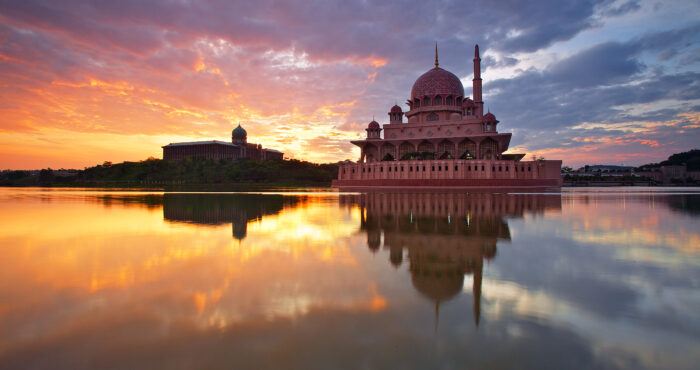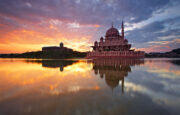Description
Masjid Putra in Putrajaya, built in 1996 and officially opened on 30 August 2000, was inspired by Tun Dr. Mahathir Mohamad and named after Malaysia’s first Prime Minister, Tunku Abdul Rahman Putra Al-Haj. As a symbol of national independence and Islamic leadership, the mosque is set beside Putrajaya Lake and appears to float when viewed from Putra Bridge. Its architecture blends Safavid Persian influences with modern technology, featuring traditional elements like an octagonal transition from the square prayer hall to its grand central dome. Surrounded by gardens, Masjid Putra stands as a national icon and a key part of Malaysia’s administrative capital.
- Botanical Garden
- Putra Perdana Park
- Alamanda Shopping Centre
- Agricultural Heritage Park
- Vision Park Putrajaya
- Tunku Mizan Zainal Abidin Mosque
- Millennium Monument
- Cyberjaya, Dataran Putra (Putra Square)
- Putrajaya Cruise
- Laman Perdana
The program will be conducted by tourism volunteers or Mosque Tour Guides (MTG) under the supervision of ABIM. The visits will cover both the interior and exterior of the mosque, providing explanations and historical insights, as well as general dawah about the beauty of Islam.




There are no reviews yet.